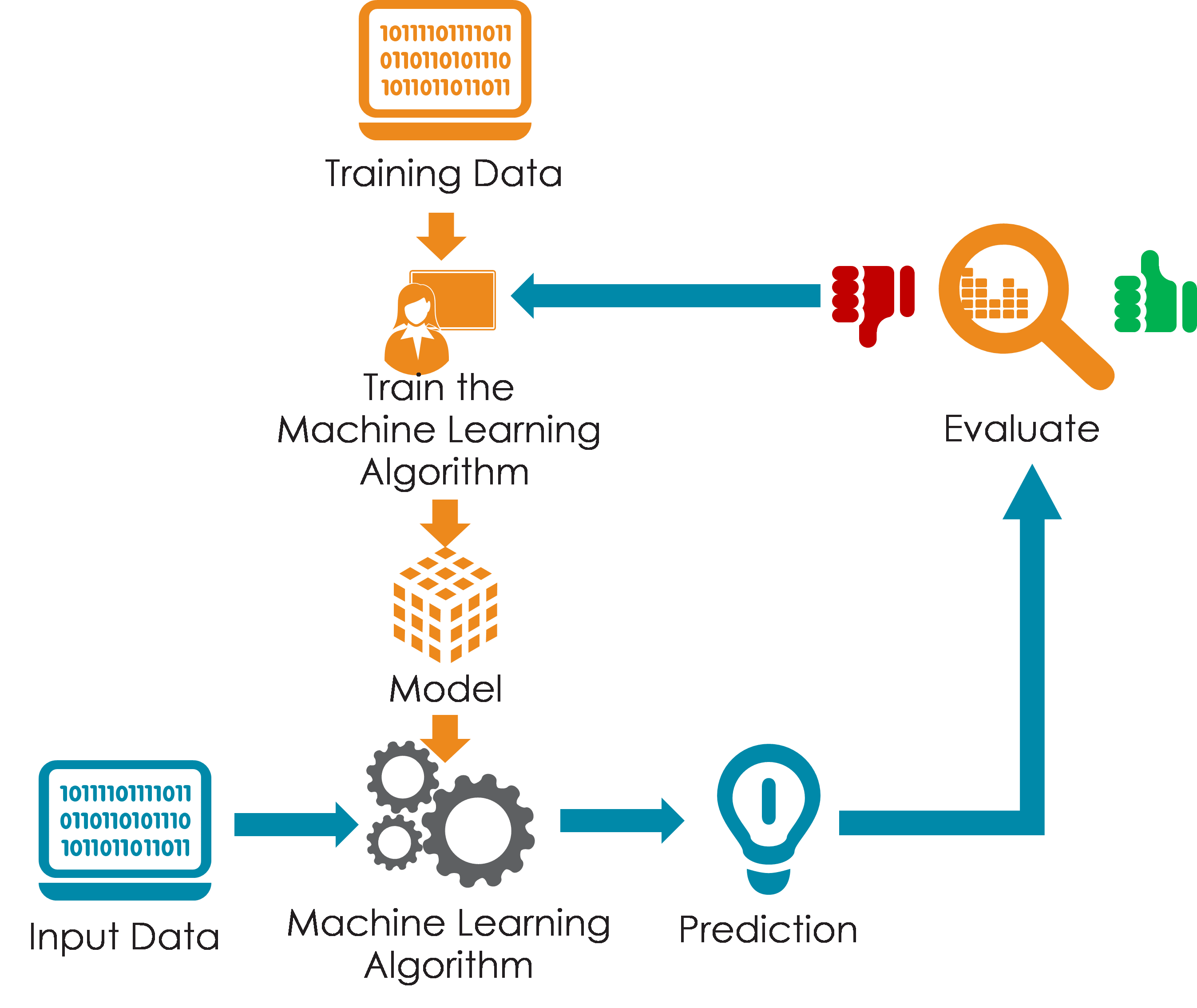Machine Learning and A.I
Through the advancement in technology, engineers today have been able to develop machines that can learn on their own. This is referred to as machine learning.
Machine learning & Artificial Intelligence are among the hottest buzz words and are often confused to be one & the same thing but it is not the case. It’s just their perception that can lead to some confusion. So I thought it’d be a good idea to write a piece and clear the air.
M.L & A.I. are closely related & it is not wrong to say that the abstraction level between these two words is a fairly thin line.
Machine Learning
The term Machine Learning was coined in 1959 by American Gaming & Artificial Intelligence Pioneer, Arthur Samuel.
At core machine learning is one of the ways of achieving AI.
Machine Learning is the branch of computer science that seeks to create predictive models and algorithms that allow computers to perform tasks without being explicitly programmed.
In other words, it is a way of training an algorithm so it can adjust itself and improve operations instead of hard coding it with specific instructions to perform a specific task.
Machine learning is closely related to Data Mining & you already have been using it quite a lot.
In the recent past, machine learning has been heavily used to improve a computer’s ability to recognize objects present in images or videos which is also referred to as computer vision.

Machine Learning Systems are composed of 3 Parts
1) Model 2) Parameters 3) Learner
The model is the system that makes the predictions & Identifications.
The parameters are the signals & Factors that the model uses to make its decisions.
The learner is a system that adjusts the model by looking at the differences between predictions made by the model & actual output for given parameters.

Few applications of Machine learning that we use in our daily lives: Filtering of spam emails, Google Search, Video Recommendation on Youtube, Suggested Friends on Facebook
We can have a better understanding of how machine learning works with the following example of image recognition.
To train an algorithm that can tag an image based on the object in the image.
Initially, hundreds of thousands of pictures are gathered and then tagged by humans.

Here, for example, humans might tag pictures that have dogs in them v/s those that do not. The algorithm then tries to build a model that can recognize the object in the image and tag the image as containing a dog or not.
Once a high enough level of accuracy is achieved, the machine is then said to have learned what a dog looks like.

Artificial Intelligence
Engineers are now implementing machine learning in a rapidly growing field called Artificial Intelligence.
A.I refers to developing systems or algorithms that enable a computer to perform intelligent human tasks & make decisions characteristic of human intelligence without being explicitly programmed.

This involves things like planning, recognizing different sounds and objects, understanding language & problem-solving.
The Term Artificial Intelligence or A.I. was coined in the year 1955 by American Computer Scientist John McCarthy.
We can achieve AI without using concepts of machine learning but that would require writing millions of lines of code with complex rules and decision trees.

Artificial Intelligence with unsupervised machine learning means that the machine has to evolve & learn to identify patterns in real-life problems on its own whereas supervised machine learning means that a machine or an algorithm is trained on a certain amount of input data.
A.I is much more complex than Machine Learning & each program depends greatly on the purpose of the product but they all have three components.
- Data Structure
- Inputs & Outputs
- Associative Learning System
There are two types of data structures that are needed, one for long term storage & one for short term storage
Inputs & outputs are the core sources of data. Some examples of inputs are sensors, cameras & downloaded data.
An associative learning system is the most crucial component of an AI System. This provides us the learning system of the machine & the test boundaries, gives the ability to perceive and learn new information & allows for cooperation & social intelligence upon human interaction.
Few everyday applications of AI include :
Smart Cars, Surveillance, Detecting Fraud, Video Games, Chatbots, etc.
























































